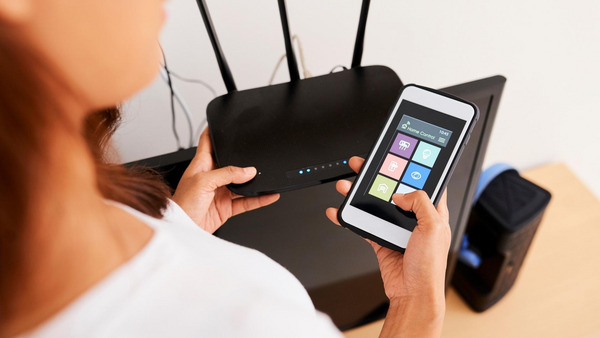Before the COVID-19 pandemic, working remotely was considered a forward-thinking and new age way of working. The past two years however, have offered many companies the possibility of remote work, which is now considered to be the “new normal.” Once the pandemic is over, it has been predicted that most companies will never return to the office completely. Instead, they will embrace the hybrid work environment that provides a great deal of benefits for companies and their employees. The hybrid work environment however, also presents a decent amount of cybersecurity risks.
The risks will continue for years to come while the attackers learn to take advantage of the new vulnerable hybrid working system. Big or small, any company can become a target, which is why it is important for all companies and their employees to be aware of the risks involved and to educate themselves on the best practices for cybersecurity safety.
From phishing and ransomware attacks to email-based threats, to the risks that public WIFI and working on personal devices brings, the necessary security must be put in place to avoid the reputational damage or revenue loss that could stem from these cyber-attacks. Moreover, the security should prevent valuable information from being made available to competitors, which could result in the destruction of a business.
At home, barriers to entry are vast. Less budget allocation allows for less security practices and infrastructure. Working from home provides opportunity for more open security levels in the house, which creates the perfect target for attackers.
What businesses should do to protect themselves
“A lot of responsibility relies on the business”, says Steve Flynn, Sales and Marketing Director at ESET Southern Africa. “There are a lot of compliance procedures you need to take care of internally, and owners of the business must provide the right precautions and processes. Not only should business owners ensure the correct processes are put in place, but it also becomes a game of employee education and awareness.
There are many tools and processes that can be put in place by a business to improve their security position in the hybrid work environment:
- Have programs in place that protect company data and monitor changes in activity, such as email filtering and scanning programs.
- Educate your employees on cybersecurity best practices by providing regular cybersecurity training.
- Set up a VPN for each employee, which allows privacy, anonymity and security when using public or home WIFI.
- Set up encryption on each employee’s computer, which protects the data stored on the devices by turning it into an unreadable format. If they are using their personal computer, assist them with the setup process.
- Set up anti-virus software on each employee’s computer, which can help identify threats and prevent attacks.
- Ensure all employees make use of a password manager or digital vault, which securely stores passwords and login information.
- Receive thorough, regular security risk assessments done by a professional team.
- Use safe collaboration tools, such as Teams, Dropbox and Slack, which are known to be safer than email when it comes to sending sensitive documents.
- Perform background checks on new employees to make sure they’re able to understand the cybersecurity policies involved.
- Encourage employees not to use public WIFI networks, as this is known to be one of the most vulnerable gateways for cybercriminals.
Just like a house is protected by many layers - walls, beams, fences and alarm systems - it’s important to protect the safety of your business with the necessary digital layers. Accommodating the new hybrid work environment might not be easy, but it’s both necessary and extremely valuable for any company.

